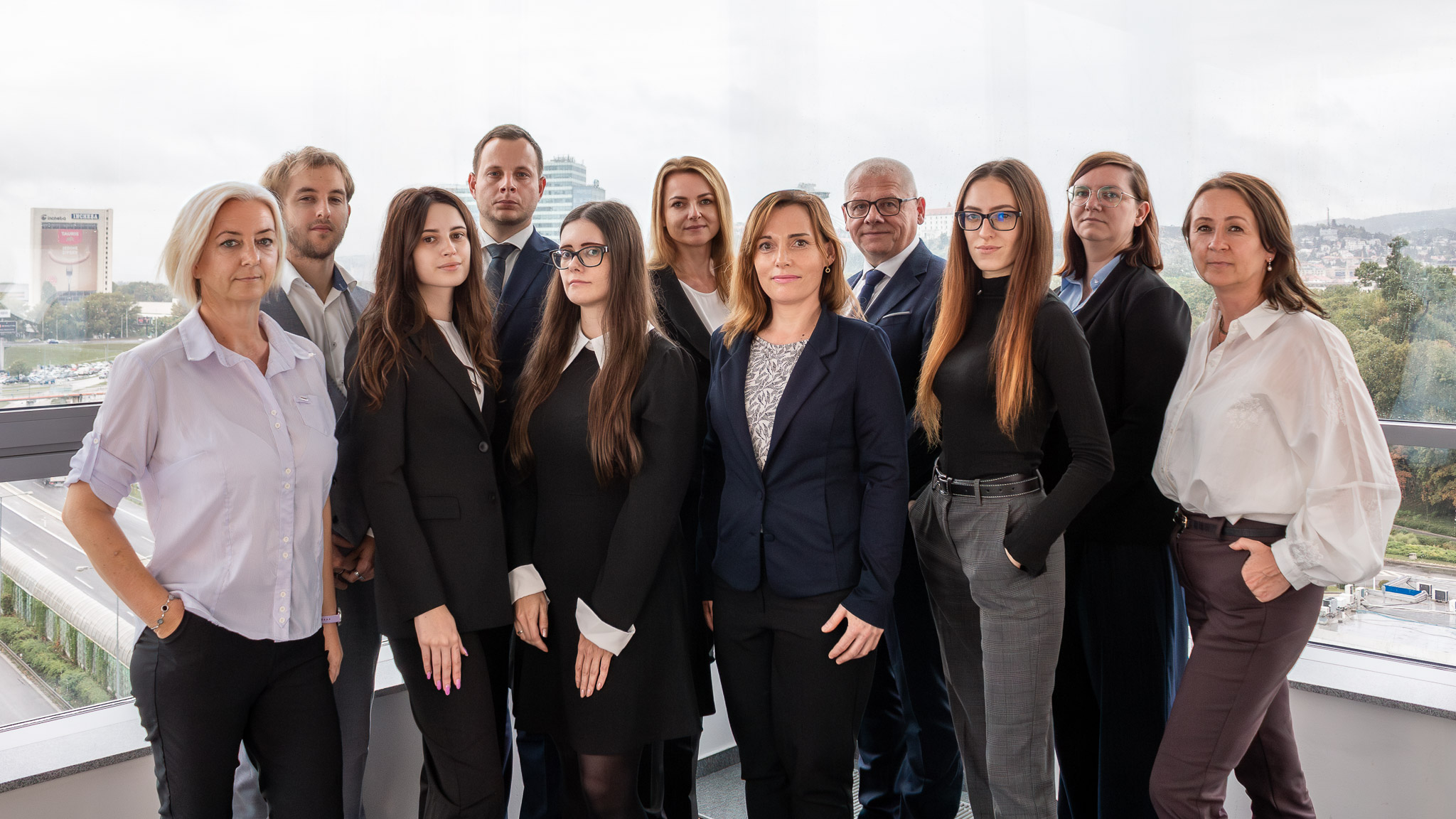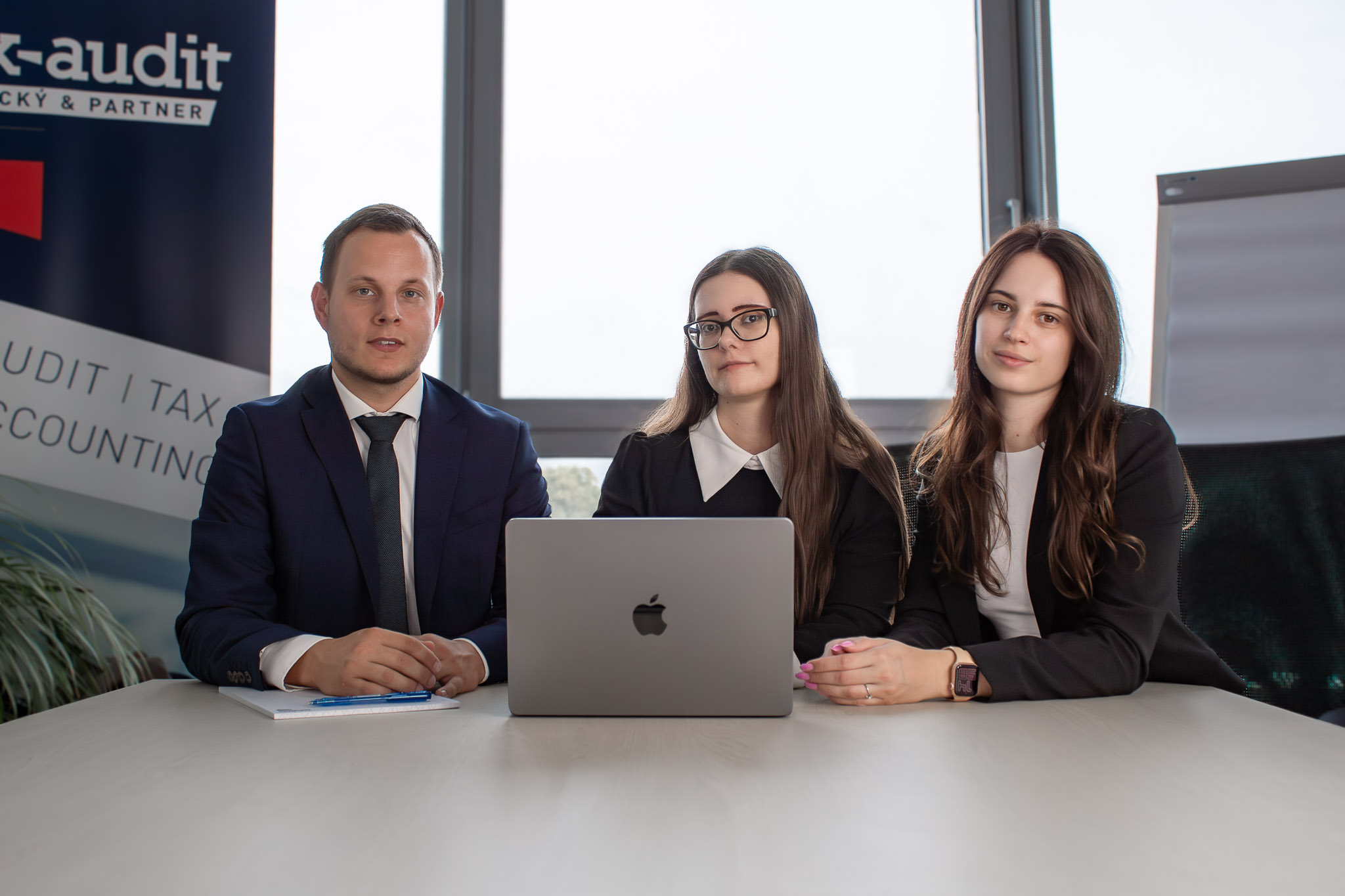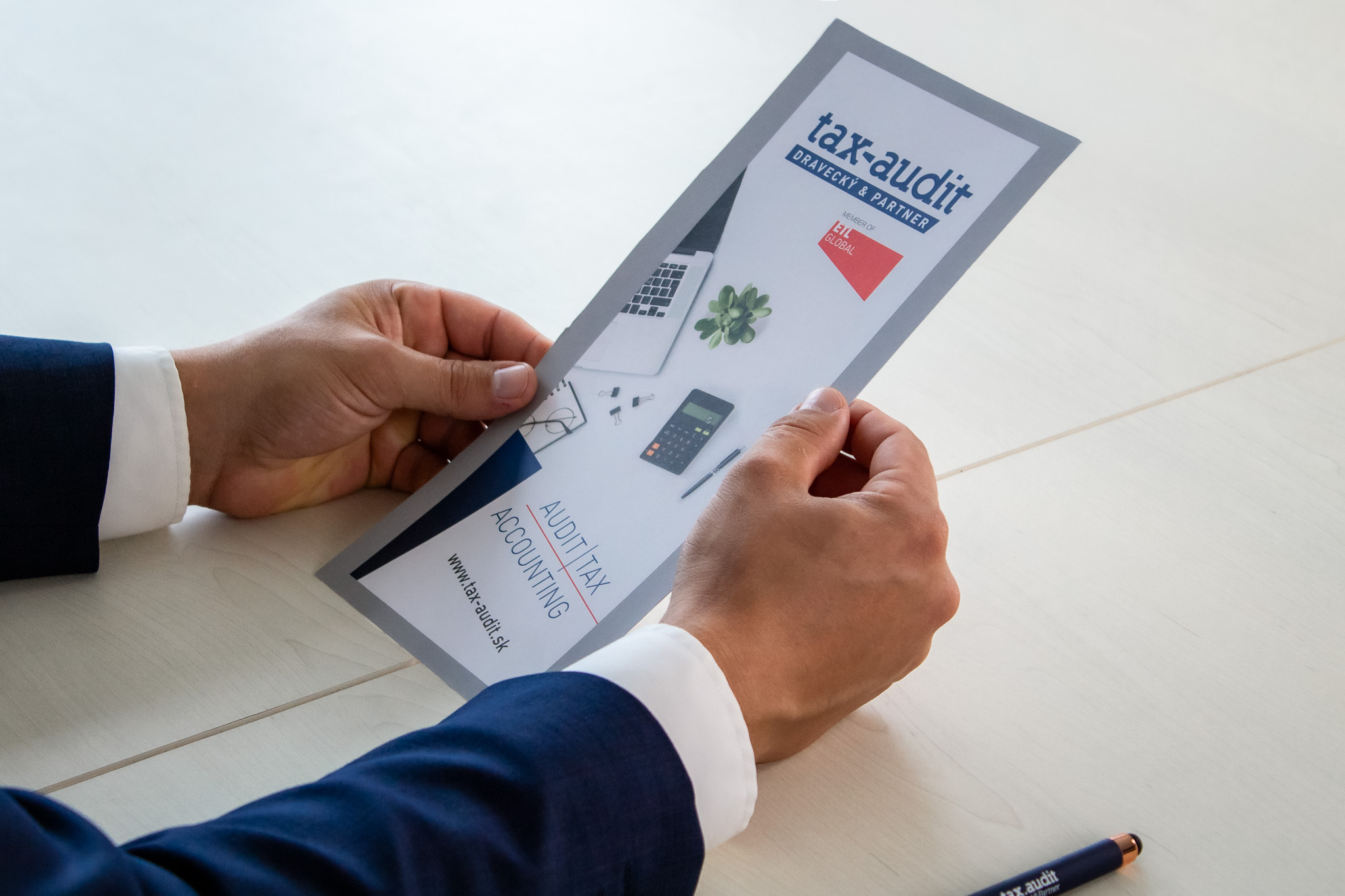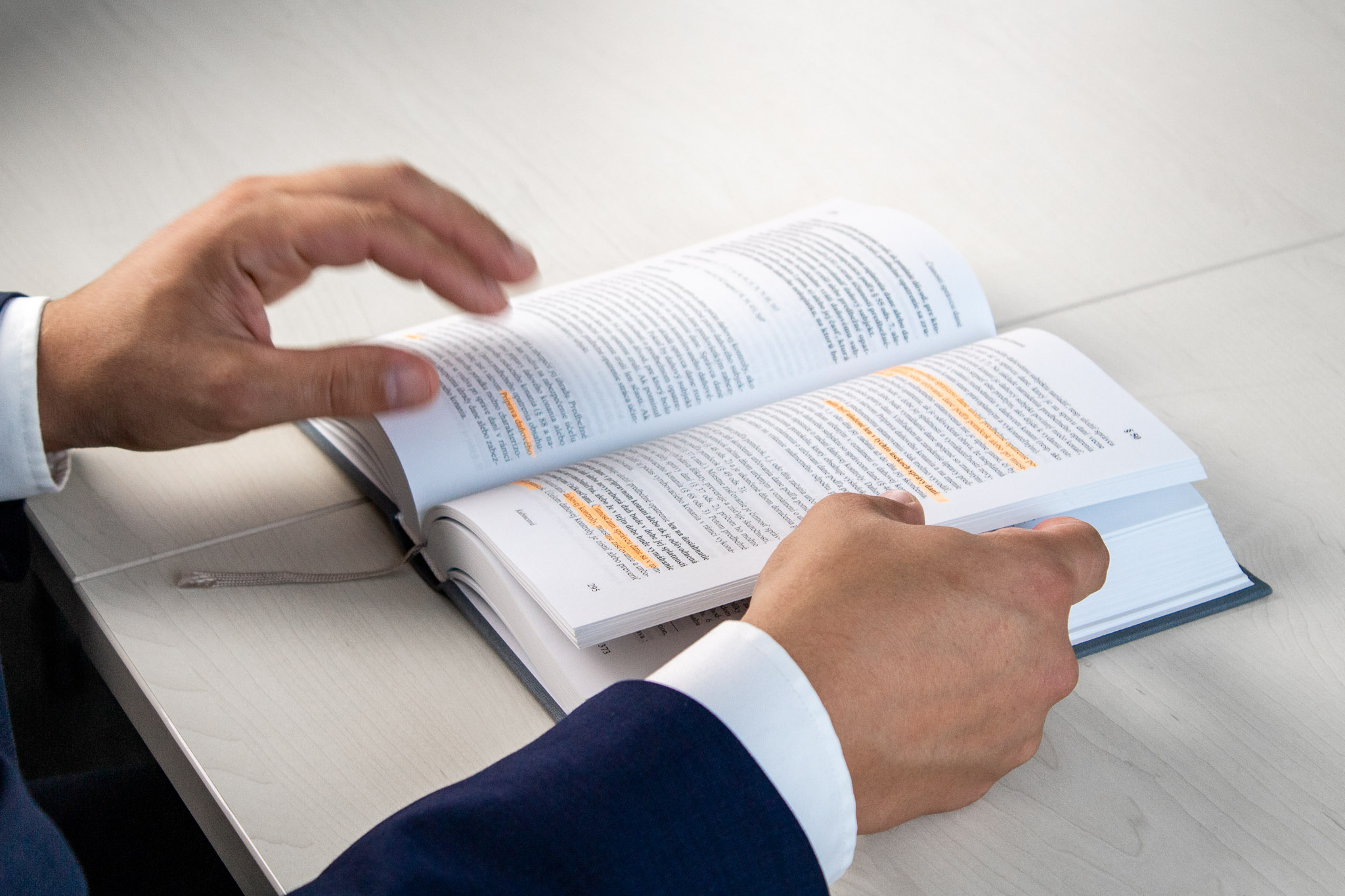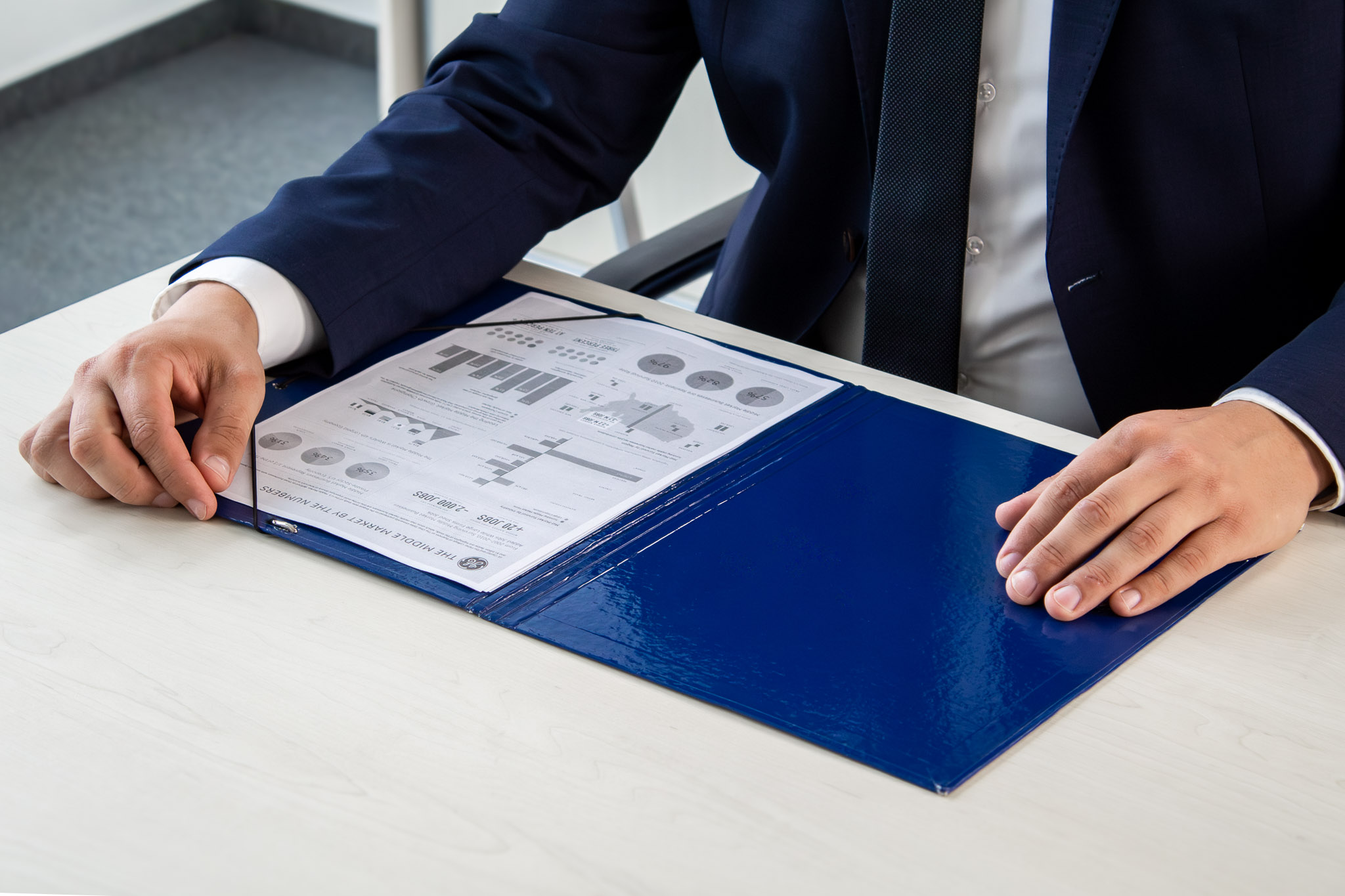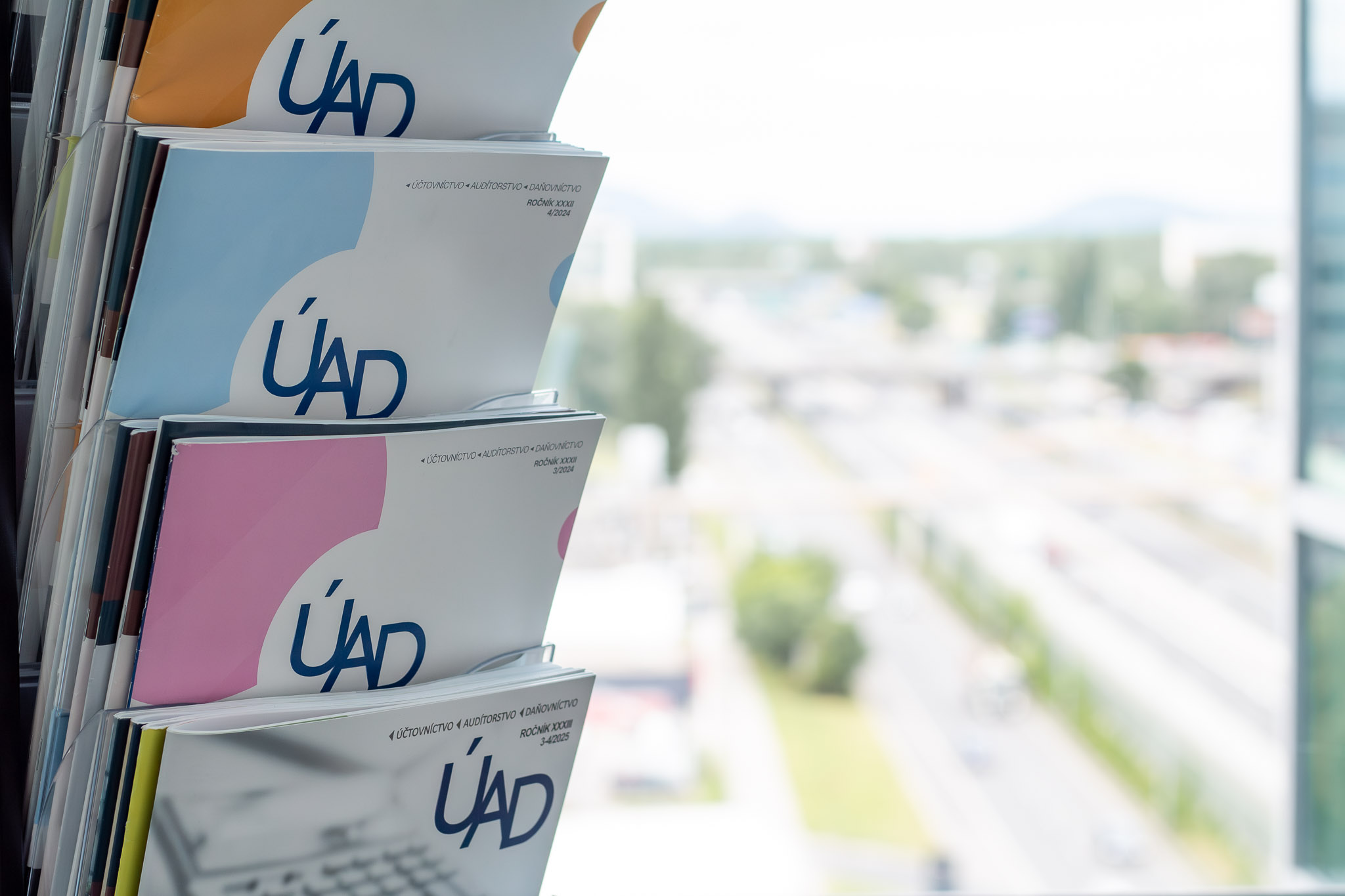Many companies in Slovakia carry out innovative projects but are unaware that they can significantly reduce their tax base through the so-called super-deduction of research and development (R&D) expenditures. In this article, we will explain what the super-deduction is, who can use it, and what conditions must be met.
1. The amount of the super-deduction
The super-deduction, under Section 30c of the Income Tax Act, allows companies engaged in research or development activities to deduct 100% of their R&D expenditures from their tax base.
If the R&D expenditures in a given year exceed the average of the previous two years, the company can claim an additional 100% of this year's increase over the previous year.
If a company does not have a sufficient tax base in a given year (e.g., it reports a tax loss), the unused super-deduction can be carried forward to subsequent tax periods, for a maximum of five years, until it has a positive tax base.
2. What expenditures can be deducted
These must be ordinary tax-deductible expenditures, as per the Act (Section 2(i)).
The expenditures must be recorded separately (e.g., in a separate analytical ledger).
If the expenditures relate only partially to the project, only the portion directly related to the project can be deducted.
3. Expenditures excluded from the deduction
It is not possible to claim the super-deduction for expenditures:
- that were fully or partially covered by public funds (with exceptions for wage subsidies),
- for licenses and services, if they are not directly used for R&D, except for:
- software used in the project,
- services from the Slovak Academy of Sciences, universities, or research institutes,
- certification of the company's R&D results,
- intangible results from persons with a certificate of eligibility to perform R&D.
4. Who cannot use the super-deduction
- A company that is already claiming tax relief under Section 30b.
- A company with a certificate of R&D eligibility that carries out a project solely for the sale of intangible results (e.g., selling a patent without using it).
5. The research and development project – the basic condition
The company must have a written research and development project plan.
This document must contain:
- the company's identification details,
- the subject of the research and development,
- objectives and measurable outcomes,
- the project timeline (start and expected end date),
- planned costs for the entire period and each year.
The project must be signed by a statutory representative no later than the deadline for filing the tax return.
Upon request from the tax administrator, the project plan must be submitted within 8 days.
6. Publication of data
Within 3 months of the deadline for filing tax returns, the Financial Directorate will publish a list of companies that have claimed the super-deduction.
7. Obligation to file an additional tax return
If a company with a certificate of R&D eligibility later sells the results of a project for which it claimed a super-deduction, it must:
- file an additional tax return for each year it claimed the deduction,
- and pay the additional tax within the period stipulated by law.
Conclusion: The super-deduction as an opportunity for innovators
If your company invests in development, new technologies, prototypes, or process improvements, the super-deduction can mean significant tax savings.
A well-defined project, clear cost records, and professional oversight are the keys to success.
Be the first to know about the latest information from the world of taxation, accounting and auditing.

